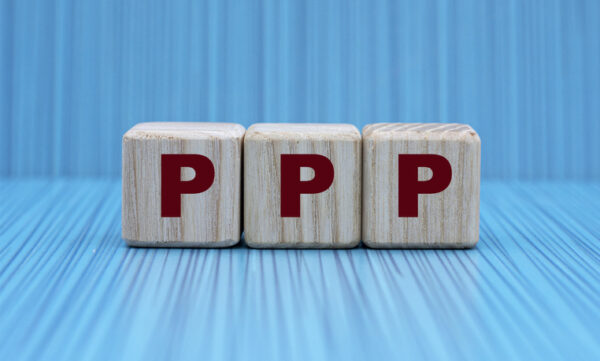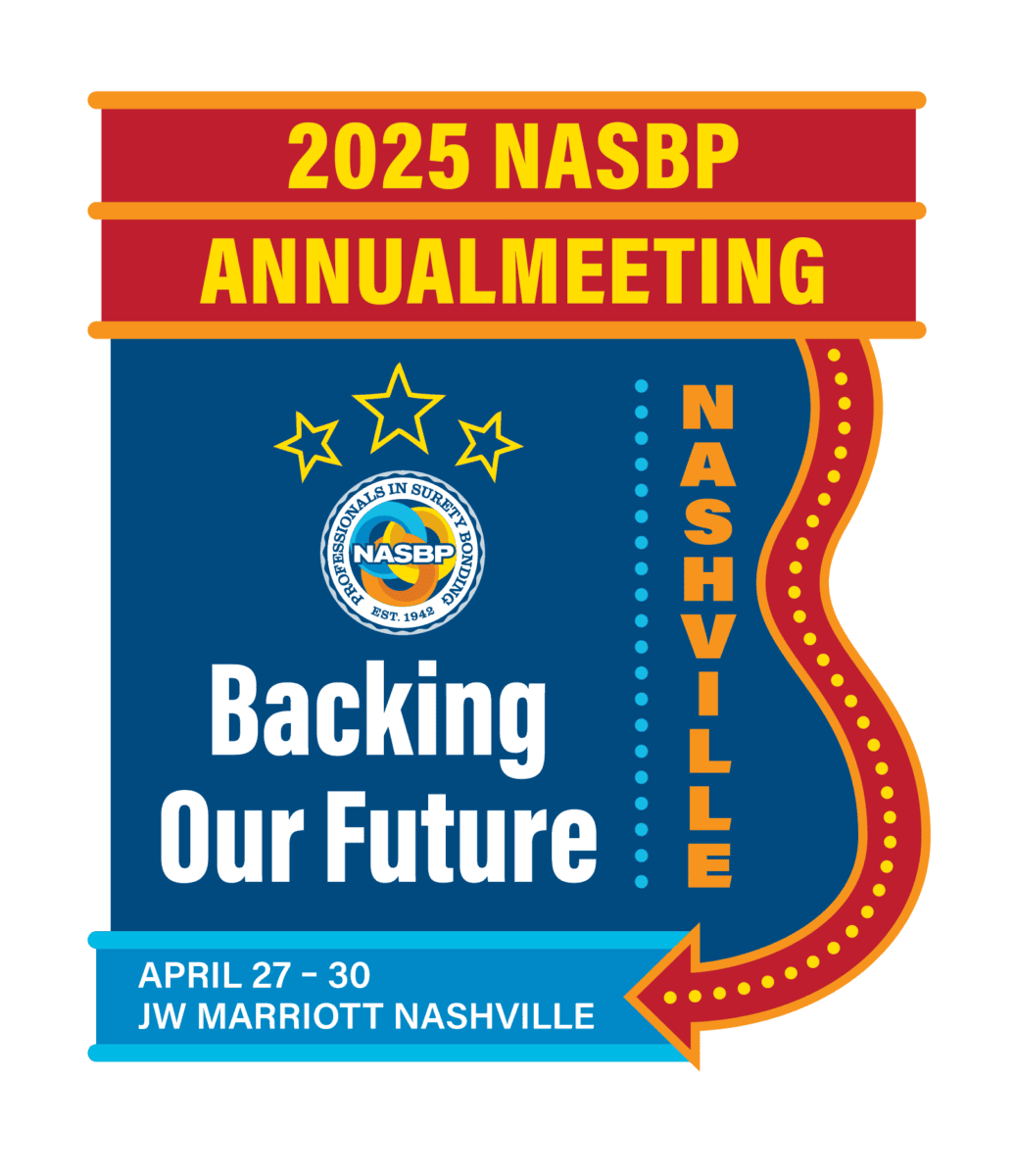By Jeremy Roberts of Westfield
 The Paycheck Protection Program (PPP), a federal government loan fund designed to help businesses keep their workforces employed during the COVID-19 crisis, provided nearly $800 billion through 11.8 million loans to U.S. companies and other organizations from April 2020 through May 2021. In 2021 loans to construction firms totaled more than $33 billion, some 12% of total loans and representing more than 558,000 loans that year.
The Paycheck Protection Program (PPP), a federal government loan fund designed to help businesses keep their workforces employed during the COVID-19 crisis, provided nearly $800 billion through 11.8 million loans to U.S. companies and other organizations from April 2020 through May 2021. In 2021 loans to construction firms totaled more than $33 billion, some 12% of total loans and representing more than 558,000 loans that year.
Firms getting PPP loans were eligible to have them forgiven if they maintained employee and compensation levels, spent 60% or more of the loan proceeds on payroll costs, and allocated the funds to payroll costs and other eligible expenses.
PPP funding helped construction firms keep up cash flow (while avoiding overreliance on their own liquidity and bank lines of credit) and maintain balance sheets level with or near where they were before COVID.
Prior to the pandemic and the PPP program, contractors faced a shortage of workers skilled in trades. These firms then faced higher labor and material costs around the same time that they were struggling to manage their operations through the pandemic. Even with the construction industry facing delays in projects and in bidding for future projects, many contractors were able to keep jobs moving forward so as not to lose budgeted funds, also aiding cash flow.
The federal government’s loan program helped contractors maintain a status somewhat close to business as usual. Many construction firms were able to retain employees and keep payments current on leases and mortgages, and it’s not a stretch to say the PPP loans prevented a number of contractor bankruptcies during a difficult time.
In addition to these effects, PPP funds also may have provided a psychologically positive “wealth effect” to construction firms—meaning the funds may have boosted the confidence of construction leaders during a difficult economic period. While sticking to their principles and business plans, these leaders had additional capacity to bid on jobs within their scope of experience, to diversify their project mix, or perhaps even to break into a new market.
The wealth effect is an economic theory that changes in wealth affect household economic consumption and the overall macroeconomy, according to Daniel Cooper and Karen Dynan, authors of Wealth Effects and Macroeconomic Dynamics. The theory applies to individuals’ wealth, but if the same economic concept can be applied to business income, it’s possible the PPP program reduced perceived risks for construction firms and encouraged them to continue spending on the business during a marked contraction in economic activity.
 Sureties are unsecured creditors of the construction firms for which they provide bonds. So, every surety wants its contractors to maintain a healthy financial cushion for their project risks. When monitoring an account, the surety underwriter is constantly looking for assurance that the contractor maintains sufficient liquidity and equity in the business to handle day-to-day needs. To that end, PPP funds typically helped boost these financial measures.
Sureties are unsecured creditors of the construction firms for which they provide bonds. So, every surety wants its contractors to maintain a healthy financial cushion for their project risks. When monitoring an account, the surety underwriter is constantly looking for assurance that the contractor maintains sufficient liquidity and equity in the business to handle day-to-day needs. To that end, PPP funds typically helped boost these financial measures.
A surety underwriter watches a contractor’s leverage―its debt-to-equity ratio. The underwriter also considers those unforeseen issues that can come up during the course of a job (such as a large, slow-to-collect accounts receivable balance or a hike in accounts payable, for example).
All these financial factors are indicators of a contractor’s ability to meet day-to-day cash demand for current jobs. What’s more, they boost its ability to take up its backlog of jobs as they come to fruition. (A backlog of work is a positive sign that the firm will have future revenues as that work comes online.)
PPP funds surely provided stopgap funding during the worst of the coronavirus pandemic. Since these funds were significant for many contractors, underwriters have to consider how those funds affected these contractors’ financial pictures. Surety underwriters, typically cautious with an eye to maintaining discipline and avoiding losses, are now and have been considering the impact of PPP funds on construction firm’s balance sheets and income statements for the periods of 2020–21 and beyond.
In short, PPP funding makes for an additional consideration within the usual “three Cs” mix for surety underwriters: character, capacity, and capital. Does the PPP funding affect any of these three items? The underwriter must arrive at an answer, even though the PPP funding program has been over for more than a year. Typically, the answer would be that the funding will boost the capital component of the underwriting equation.
Generally, PPP funding has worked out well for construction firms from a surety underwriting standpoint. While the program was up and running, underwriters questioned whether loans would be forgiven (and how each firm would be able to achieve loan forgiveness). Now it’s clear that that question was answered in the affirmative for most construction firms.
| Bond Producers Keep Communications Channels Open Through PPP, Pandemic, Supply Chain Issues
One key element for a surety underwriter is communication—among the contractor, the bond producer, and the surety firm. One of the aspects that distinguishes a quality bond producer is the ability to stay in touch with a contractor, encourage reciprocal communication, and advocate for the information the surety needs. This can be as simple as the producer saying to the account: “From the surety’s perspective, we need to be talking about the current financial status of the company. We need to let the surety know where you’re at and how the pandemic, the supply chain, and PPP funds are impacting operations.” Surety underwriters want to hear information such as this example from a recent conversation with a contractor: “Sales were down 33% in 2021, but our current backlog is strong, and we expect revenue to be back up in 2022 and into 2023.” |
 Jeremy Roberts is Regional Surety Underwriting Leader for Westfield. A leading property-casualty carrier founded in 1848, Westfield provides personal insurance in 10 states, commercial insurance in 21 states, and surety products in all 50 states. It is based in Westfield Center, Ohio. Roberts can be reached at jeremyroberts@westfieldgrp.com.
Jeremy Roberts is Regional Surety Underwriting Leader for Westfield. A leading property-casualty carrier founded in 1848, Westfield provides personal insurance in 10 states, commercial insurance in 21 states, and surety products in all 50 states. It is based in Westfield Center, Ohio. Roberts can be reached at jeremyroberts@westfieldgrp.com.
Get Important Surety Industry News & Info
Keep up with the latest industry news and NASBP programs, events, and activities by subscribing to NASBP Smartbrief.




